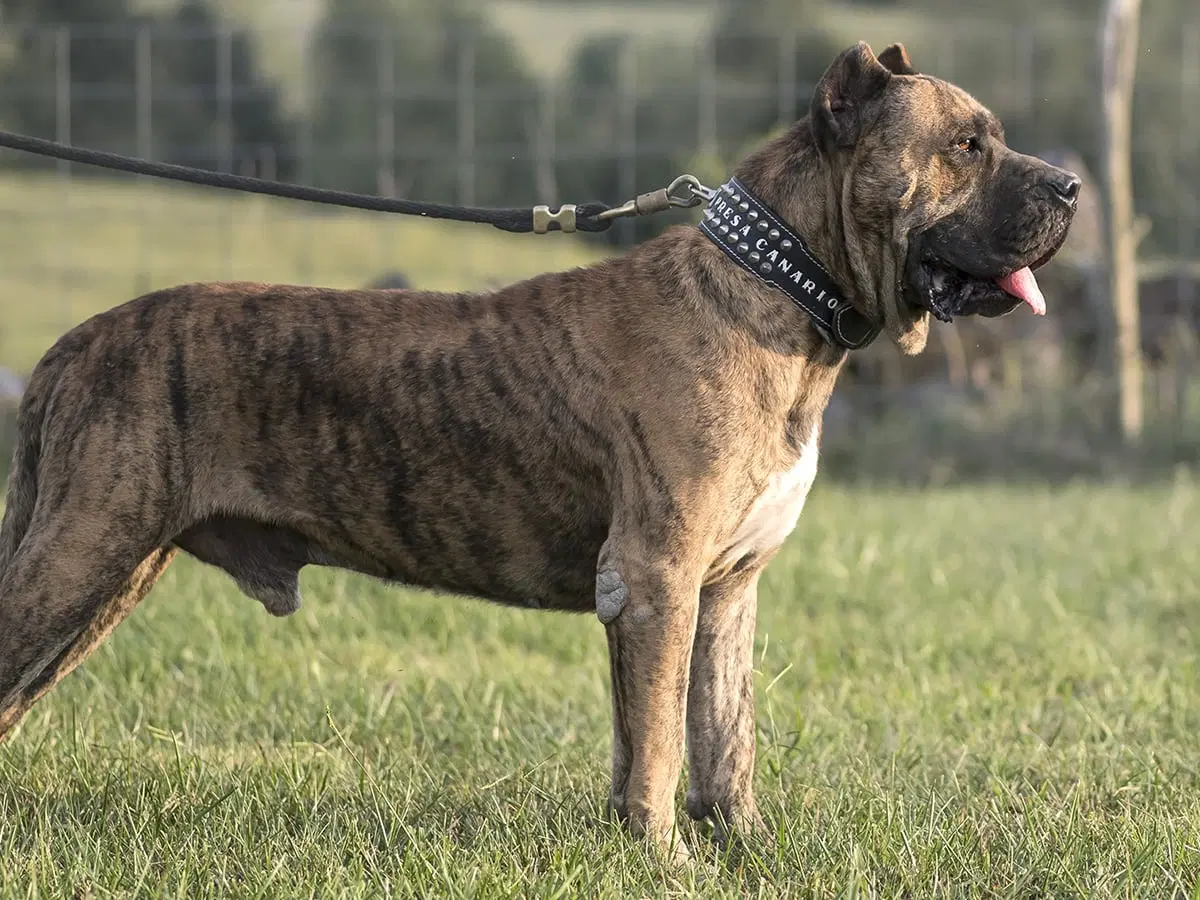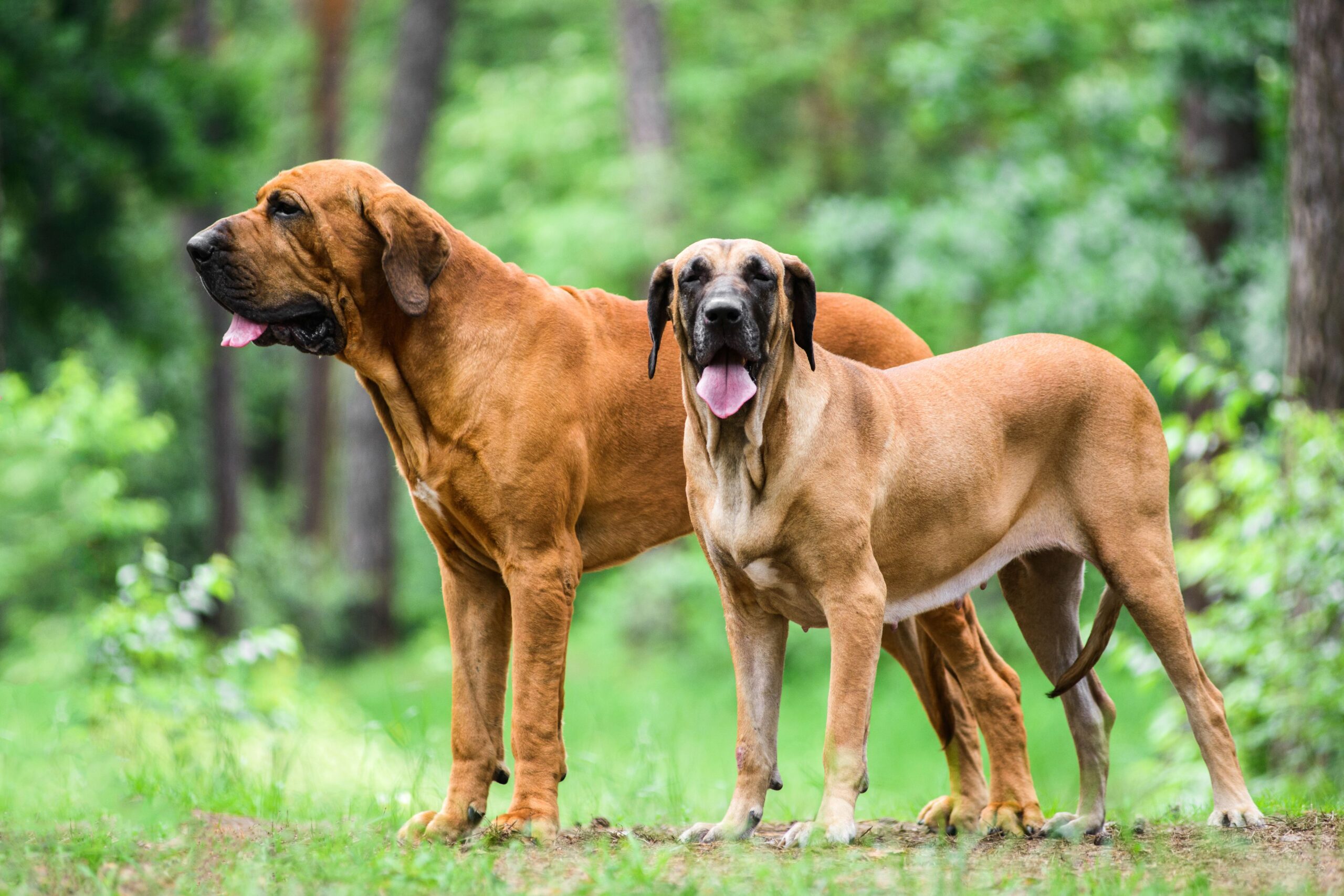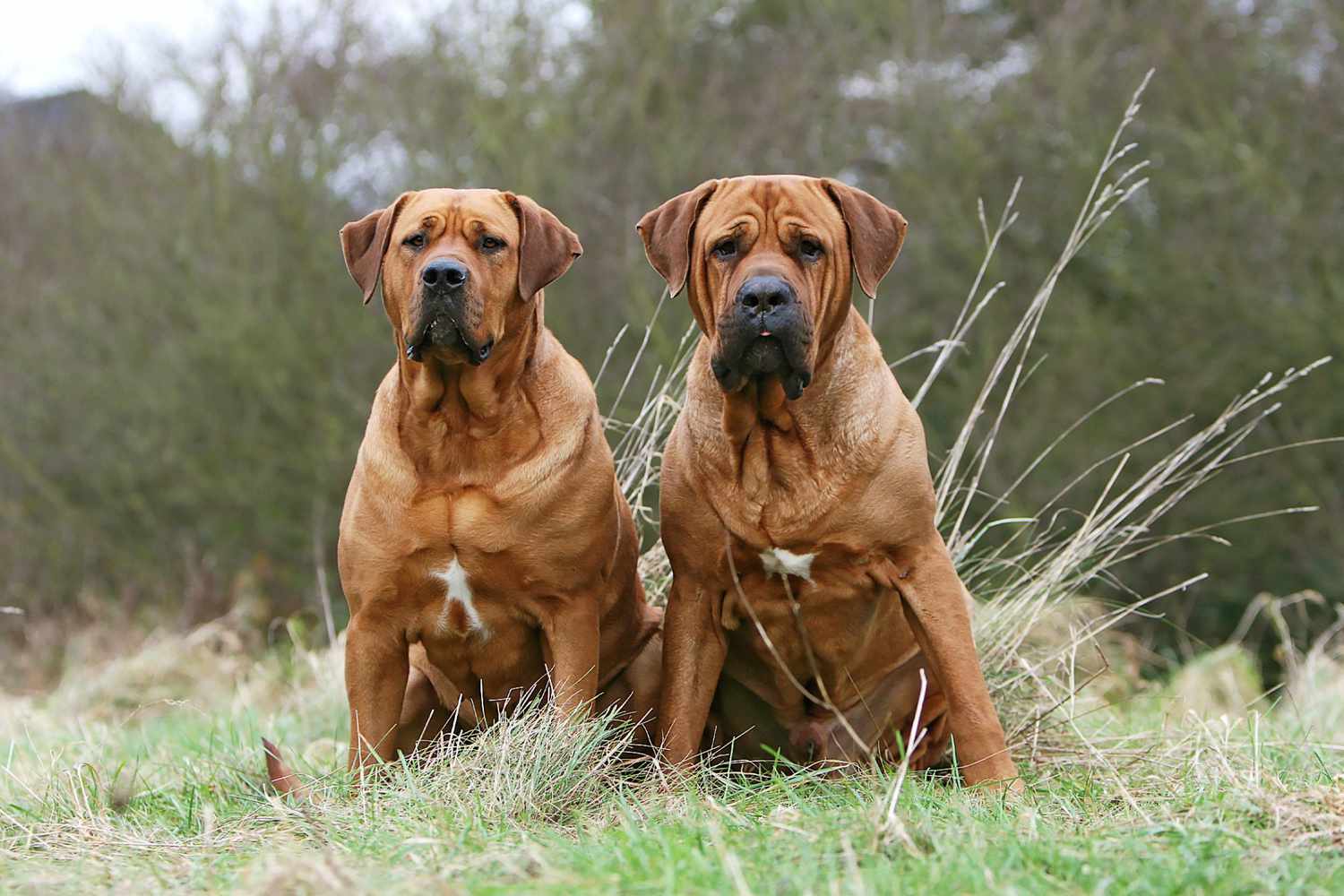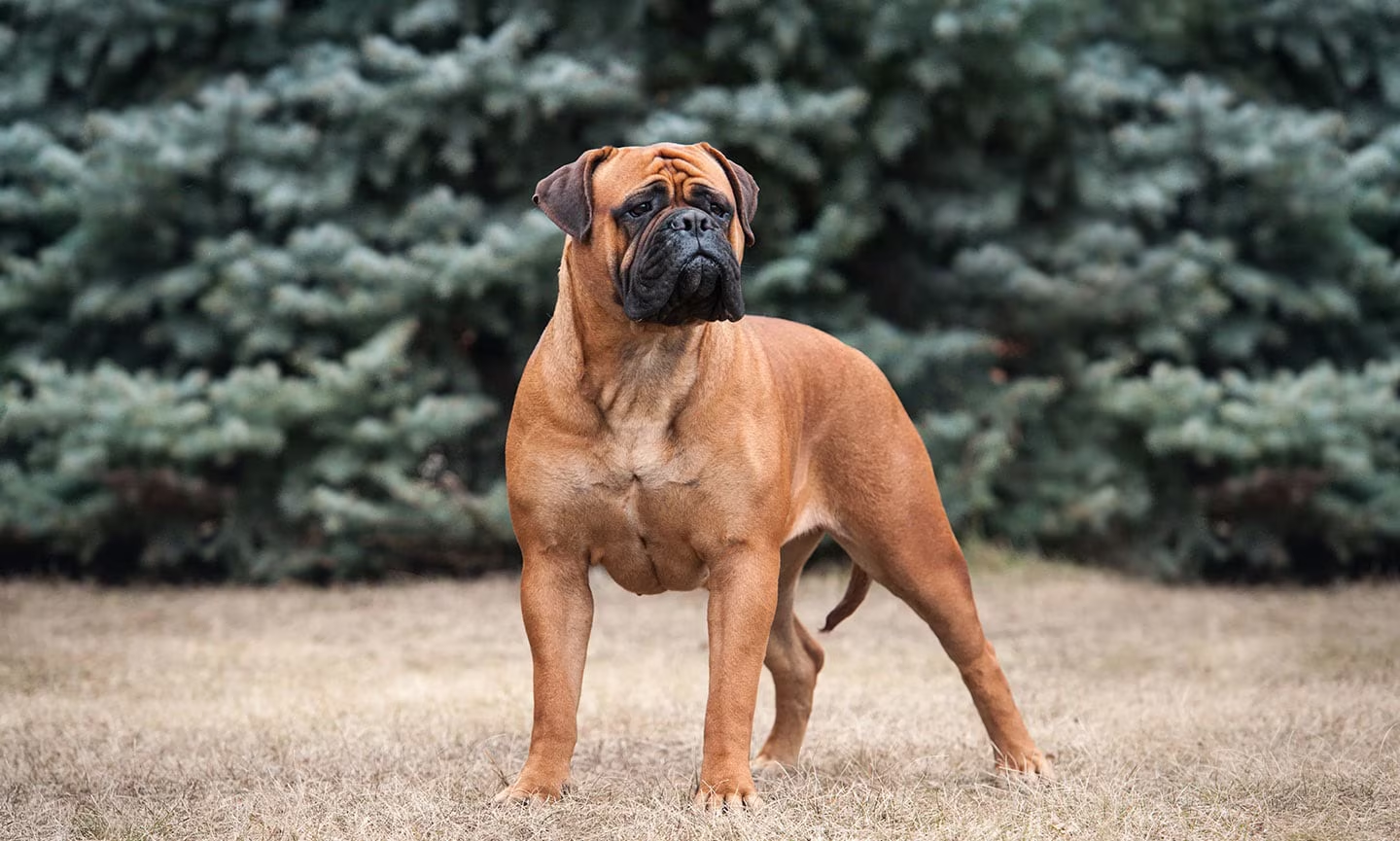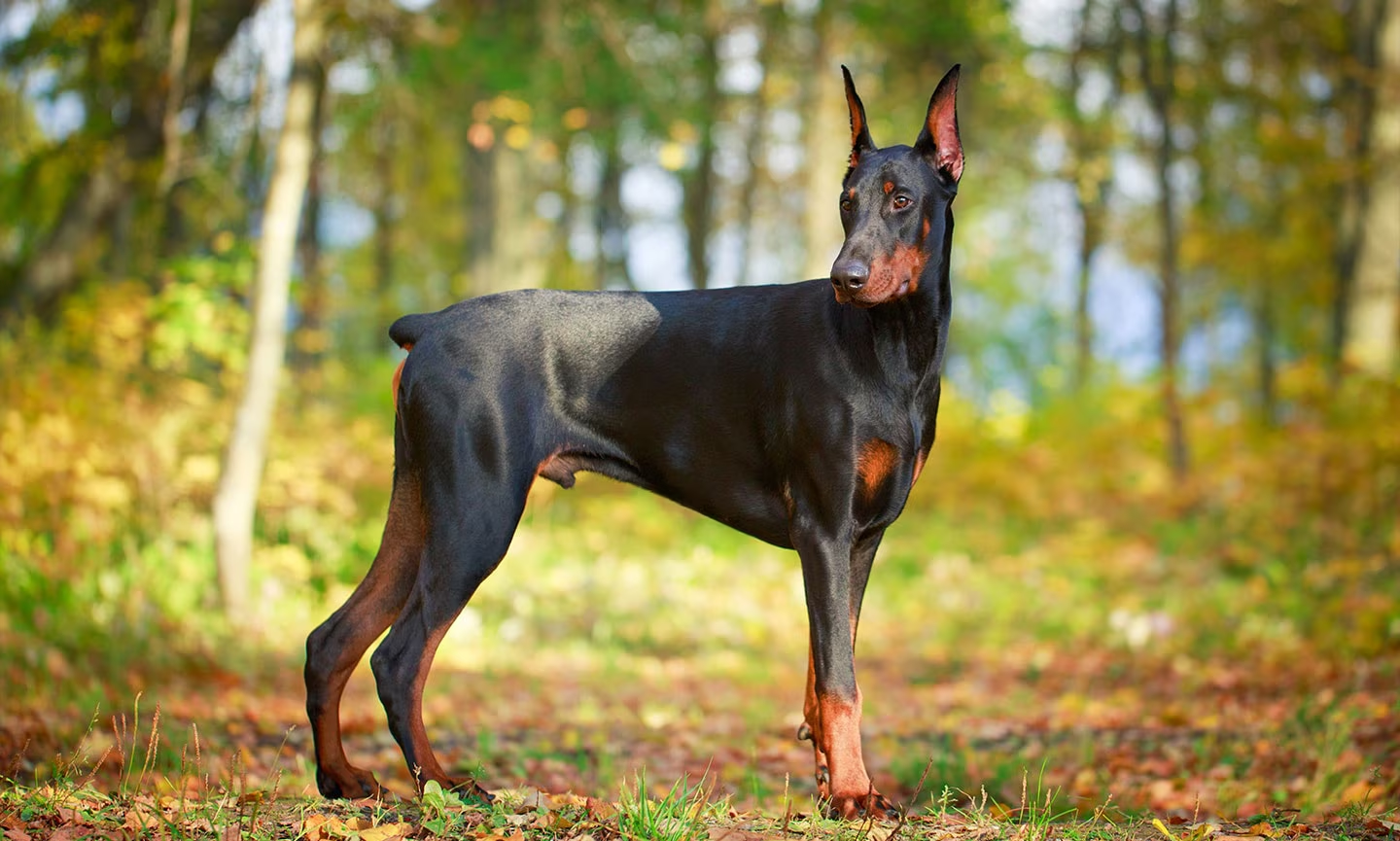The Presa Canario: Beyond the Headlines
Let’s cut straight to the chase.
The Presa Canario has one of the most unfairly tarnished reputations in the dog world. One Google search and you’ll find sensationalist headlines and warnings about this breed’s “dangerous” nature. But here’s what those clickbait articles won’t tell you: like nearly every dog on the planet, a Presa Canario is largely a product of how it’s raised, trained, and treated.
I’m not here to sugarcoat things or tell you these powerful dogs from the Canary Islands are just big teddy bears suitable for any home. They’re not. But I am here to give you the straight facts about this magnificent breed—both the realities that make them special and the genuine challenges they present.
So buckle up. We’re going to explore everything from the Presa’s centuries-old history as a working farm dog to what it really takes to live with one of these imposing guardians today. No fluff, no fantasy—just honest information to help you understand whether this rare and remarkable breed might be right for you.
Origins: From Island Farmhand to Modern Guardian
The story of the Presa Canario (officially known as the Perro de Presa Canario) begins in the Spanish archipelago that gave them their name: the Canary Islands. Despite common misconception, the breed wasn’t named after canaries—both the islands and the dogs take their name from the Latin word for dog, “canis.”
Working Class Roots
Dating back to the 15th and 16th centuries, these powerful dogs were developed as versatile working animals. Their primary functions? Herding and protecting livestock, guarding farms, and unfortunately, fighting other dogs (a “sport” that was legal in Spain until 1936).
The original Presa Canario was developed from local island dogs crossed with dogs brought by Spanish conquistadors. Experts believe the now-extinct Bardino Majero (an indigenous island breed) was crossed with various Spanish mastiff-type dogs to create the foundation of today’s breed.
These were not pampered pets. They were working-class dogs expected to show intelligence, courage, and an ability to make independent decisions while protecting their territory and livestock. This history is essential to understanding their natural behaviors today.
Near Extinction and Revival
By the 1960s, the Presa Canario stood at the brink of extinction. The ban on dogfighting combined with the introduction of foreign breeds like German Shepherds and Dobermans led to a steep decline in their numbers.
The breed’s salvation came in the 1970s, when dedicated breeders—primarily on the islands of Tenerife and Gran Canaria—began a coordinated effort to revive this piece of Canarian heritage. In 1982, the Club Español del Presa Canario was formed, creating the first breed standard.
The breed received official recognition from Spain’s kennel club in 1989, and in 1991, it was recognized as an official symbol of the Canary Islands. The breed was provisionally accepted by the FCI (International Cynological Federation) in 2001 under the name “Dogo Canario” and received full recognition in 2011. The name was changed back to “Presa Canario” in 2018.
In the United States, the Presa remains relatively rare and is part of the AKC’s Foundation Stock Service, meaning it’s on the path to full recognition but isn’t there yet.
Physical Characteristics: Form Follows Function
There’s no denying it—the Presa Canario makes an impression. One look at this breed and the word “powerful” immediately comes to mind. But their physical characteristics aren’t just for show; they reflect centuries of selective breeding for specific working purposes.
Size and Structure: Substantial But Not Excessive
Contrary to some exaggerated descriptions, the Presa Canario is a medium to large breed, not a giant. According to current standards, males stand 61-66 cm (24-26 inches) at the shoulder and weigh between 45-57 kg (100-125 pounds). Females are slightly smaller at 57-62 cm (22-24 inches) and 40-50 kg (88-110 pounds).
Their body is rectangular rather than square, with a length exceeding their height. The chest is broad and deep, reaching the elbow. They’re substantially muscled throughout, but should appear balanced and athletic rather than bulky or cumbersome.
This is a dog built for function—able to move quickly to intercept threats, powerful enough to handle livestock, and durable enough to work long hours in varied terrain.
The Distinctive Head
The Presa’s head is perhaps its most characteristic feature—broad, massive, and cuboid in shape with a somewhat brachycephalic (shortened) muzzle. The head is typically proportional to the body, giving the dog a balanced appearance despite its imposing features.
Their jaws are strong with a slight underbite (prognathism) that allows for a powerful grip—a feature developed for their work controlling livestock. The lips are moderately pendulous with black pigmentation, regardless of coat color.
The eyes are medium-sized, slightly oval, and set wide apart, ranging from medium to dark brown. Their expression is alert and intelligent, often described as attentive or vigilant.
Ears were traditionally cropped to prevent injuries during work with cattle or in fights with predators. In countries where ear cropping is banned, the natural ears are medium-sized, set high, and hang flat against the sides of the head.
Coat and Colors: Practical Protection
The Presa Canario sports a short, dense coat without undercoat—practical for the climate of the Canary Islands and requiring minimal maintenance. The coat comes in several colors:
- Brindle (various shades from light to very dark)
- Fawn (from light sandy to deep reddish)
- Black
- Gray (blue)
White markings may appear on the chest, throat, feet, and tip of the tail, though minimal white is preferred in show dogs. Many Presas have a black mask that doesn’t extend above the eyes.
Temperament: The Presa Canario’s True Nature
Now we arrive at the most controversial aspect of the Presa Canario—temperament. This is where sensationalism has done the breed the greatest disservice. So let’s address it head-on with unvarnished facts.
Natural Guardian Instincts
First and foremost, the Presa Canario is a guardian breed with strong protective instincts. This isn’t a bug; it’s a feature. These dogs were specifically developed to protect property, livestock, and family, and those instincts remain strong in today’s dogs.
A properly bred and raised Presa typically exhibits:
- Natural suspicion toward strangers
- Strong territorial instincts
- Confidence rather than fear-based reactivity
- An imposing presence that deters threats without necessarily acting aggressively
- Discernment about what constitutes an actual threat (with proper training)
They are not—and were never meant to be—social butterflies who greet every stranger with enthusiasm. Their reserved nature with people they don’t know is a characteristic of the breed, not a flaw.
Family Bonds: The Other Side of the Coin
What often gets overlooked in discussions about the Presa Canario is their remarkable devotion to family. Those who live with well-raised Presas consistently describe them as:
- Deeply affectionate with their family members
- Calm and steady in the home environment
- Patient and gentle with family children (though supervision is always necessary due to their size and strength)
- Attentive to their owners’ emotions and protective when they sense distress
- Loyal to an extraordinary degree
This duality—vigilant guardian with outsiders, loving companion with family—is the essence of the Presa’s temperament when properly bred and raised. As Jason Baum, president of the Presa Canario Club of America, notes, “People are astounded by how loving the Presa Canario is. The dog will always be right at your feet.”
Intelligence and Trainability
The Presa Canario possesses significant intelligence, though it manifests differently than in breeds developed primarily for obedience or trick training. Their intelligence tends toward:
- Problem-solving abilities
- Situational awareness
- Independent decision-making
- Strong memory (they don’t forget people or experiences, positive or negative)
This independent streak can sometimes be misinterpreted as stubbornness or lack of trainability. In reality, Presas are quite trainable when the handler earns their respect and uses methods that make sense to a guardian breed.
They respond poorly to harsh corrections or confrontational training methods, which can damage trust and potentially trigger defensive responses. Positive reinforcement combined with clear, consistent boundaries yields the best results.
Potential Challenges: The Honest Assessment
No honest discussion of Presa temperament would be complete without acknowledging the challenges they can present:
- Strong prey drive that can manifest as aggression toward unfamiliar animals, particularly other dogs
- Territorial behavior that, if not properly managed, can become problematic
- Physical strength that requires confident handling
- Protective instincts that necessitate careful management in public settings
- A tendency to be strong-willed and test boundaries, especially during adolescence
These traits don’t make the Presa Canario a “bad” or “dangerous” breed. They do, however, make them a specialized breed that requires specific knowledge, experience, and commitment to raise properly.
Training and Socialization: Essential, Not Optional
Let me be crystal clear: training and socialization are not optional luxuries for Presa Canario owners—they are absolute necessities. This is a powerful guardian breed with strong protective instincts that must be properly channeled through consistent training from an early age.
Early Socialization: Building a Foundation
Socialization for a Presa Canario does not mean trying to turn them into a social butterfly who loves everyone. That’s neither realistic nor desirable for a guardian breed. Instead, proper socialization means teaching your Presa to:
- Remain calm in varied environments
- Distinguish between normal situations and genuine threats
- Accept handling from veterinary professionals
- Tolerate the presence of strangers when with their owner
- Respond appropriately to different stimuli without excessive reactivity
This socialization should begin as early as possible (while following veterinary guidance about exposure before full vaccination) and continue throughout adolescence.
A well-socialized Presa won’t necessarily welcome affection from strangers, but they will be able to navigate the world with confidence rather than fear-based aggression.
Training Approach: Respect and Consistency
Training a Presa Canario requires understanding their psychology as a guardian breed. These are not dogs that respond well to dominance-based methods or harsh corrections, which can damage trust and potentially trigger defensive responses.
Effective training for Presas typically involves:
- Positive reinforcement for desired behaviors
- Clear, consistent boundaries
- Building a relationship based on mutual respect rather than domination
- Structured routines that provide security and predictability
- Early intervention for any concerning behaviors
Training sessions should be kept engaging and positive, with an emphasis on real-world skills rather than flash and performance. Basic obedience (sit, stay, come, leave it) provides the foundation, but Presas also benefit from more specialized training that gives them a job to do.
Essential Skills: Non-Negotiable Training
Every Presa Canario should master these fundamental skills:
- Rock-solid recall (coming when called, even with distractions)
- Controlled greetings (remaining calm when meeting approved visitors)
- Leash manners (walking without pulling)
- Settling on command (going to a designated place and staying calm)
- “Leave it” command (immediately stopping interest in an object, animal, or person)
Additionally, carefully supervised socialization with other dogs can help manage their natural tendency toward same-sex aggression, though many Presas will never be dog-park candidates.
When to Seek Professional Help
Even experienced dog owners sometimes need professional guidance with guardian breeds. Consider working with a qualified trainer who understands large guardian breeds if:
- You’re a first-time Presa owner
- You notice any concerning behaviors developing, especially fear-based reactions
- Your Presa is approaching adolescence (typically 6-18 months) when testing behaviors often emerge
- You need help with specific issues like resource guarding or reactivity
Choose trainers who use positive methods and understand the unique needs of guardian breeds. Avoid those who emphasize dominance or rely heavily on aversive methods.
Health and Care: Maintaining Your Guardian
While their intimidating appearance might suggest otherwise, Presa Canarios require attentive care to thrive and maintain optimal health. Understanding their specific needs is essential for any responsible owner.
Lifespan and Common Health Concerns
The Presa Canario typically lives 9-11 years, though some studies have found median lifespans as low as 7-8 years. Common health issues include:
- Hip and elbow dysplasia
- Patellar luxation
- Cardiovascular issues including dilated cardiomyopathy
- Epilepsy
- Eye problems
- Skin conditions
Working with a reputable breeder who conducts comprehensive health testing helps reduce the risk of inherited conditions. For owners of rescue Presas with unknown backgrounds, establishing a relationship with a veterinarian experienced with large breeds is particularly important.
Nutrition: Fueling Properly
Proper nutrition is crucial for the Presa Canario’s development and long-term health. As a large breed, they have specific dietary needs:
- Puppies should receive a large-breed puppy formula to support appropriate growth rates without promoting too-rapid development
- Adults typically do well on premium large-breed formulas with moderate protein and carefully balanced calcium-phosphorus ratios
- Portion control is essential—excess weight puts tremendous strain on joints and internal organs
Many Presa owners opt for high-quality commercial diets formulated for large breeds, while others choose carefully balanced raw or home-prepared diets (developed with veterinary guidance). Regardless of feeding method, the focus should be on quality nutrition that maintains ideal body condition.
Exercise: Physical and Mental Stimulation
Despite their sometimes relaxed demeanor at home, Presa Canarios are working dogs that need regular exercise for physical and mental well-being. Their exercise needs include:
- Daily walks (at least 30-60 minutes total)
- Opportunity for more vigorous activity several times weekly
- Mental stimulation through training, puzzle toys, or work-simulation activities
Exercise requirements vary by age:
- Puppies (under 18 months): Multiple short walks and play sessions with plenty of rest; avoid high-impact activities while growth plates are closing
- Adults: Regular moderate exercise with some opportunity for more vigorous activity
- Seniors: Continued daily activity adjusted for comfort level and any mobility issues
Without adequate physical and mental stimulation, a Presa may become bored, frustrated, and potentially destructive—not out of malice, but from lack of appropriate outlets for their energy and intelligence.
Grooming: Low Maintenance but Not No Maintenance
The Presa’s short coat requires minimal grooming, but basic care is still necessary:
- Weekly brushing with a rubber curry brush or grooming mitt to remove dead hair and distribute skin oils
- Occasional bathing (every 6-8 weeks) with a gentle dog shampoo
- Regular nail trims (every 3-4 weeks)
- Dental care including regular brushing and professional cleanings as recommended
- Ear checks weekly to prevent infections
Special attention should be paid to skin folds on the face of dogs with more pronounced facial wrinkles, as these areas can trap moisture and develop infections if not kept clean and dry.
Living With a Presa Canario: The Unvarnished Reality
The decision to bring a Presa Canario into your life shouldn’t be made lightly. These dogs require specific home environments and handling to thrive, and it’s essential to understand what daily life with them really entails.
Ideal Living Situations
Presa Canarios adapt best to homes with:
- Secure physical boundaries (fences at least 6 feet tall that they cannot dig under)
- Enough indoor space to accommodate their size comfortably
- Some outdoor space for exercise and territorial satisfaction
- Limited visitor traffic, or carefully managed introductions for regular visitors
- A predictable routine that provides security and structure
While some Presas can adapt to apartment living if given sufficient exercise, they generally do better in homes with at least some private outdoor space. Their territorial nature means they need clear boundaries that they can monitor and protect.
Family Compatibility: Who Should (and Shouldn’t) Own a Presa
Presa Canarios can thrive in various household configurations, but they’re not the right fit for everyone. They typically do best with:
- Experienced dog owners familiar with guardian breeds
- Confident, consistent handlers who can provide clear leadership
- Families with older children who understand appropriate interaction with large dogs
- People who appreciate a protective, loyal companion rather than a social butterfly
- Owners who can dedicate time to training, socialization, and exercise
They may not be ideal for:
- First-time dog owners unprepared for the training needs of a powerful guardian breed
- Homes with very young children who might be accidentally injured during play
- Highly social households with constant streams of visitors
- Those seeking a dog-friendly dog for dog parks and group play
- People unable to provide consistent leadership and boundaries
With children, proper supervision is always necessary due to the dog’s size and strength, even though well-socialized Presas are typically patient and gentle with children in their family.
The Financial Reality
Ownership of a Presa Canario represents a significant financial commitment:
- Purchase price: $1,500-3,000 from a reputable breeder
- Quality food: $80-120+ monthly
- Veterinary care: Regular check-ups plus emergency care can be substantial
- Training: Professional guidance is often necessary, especially for first-time owners
- Equipment: Sturdy crates, beds, leashes, and collars designed for large, powerful dogs
Pet insurance is strongly recommended for Presa owners. Emergency veterinary care for a dog of this size can quickly become extremely expensive, and insurance can help manage unexpected medical costs.
Legal and Housing Considerations
Before acquiring a Presa Canario, research the legal landscape:
- Some countries (including Australia and New Zealand) ban importation of the breed
- Certain municipalities have breed-specific legislation that may affect Presas
- Many rental properties and homeowners associations have restrictions on large guardian breeds
- Insurance considerations—some homeowner’s policies exclude certain breeds or require additional coverage
These legal and housing restrictions can significantly impact your ability to keep a Presa Canario, so it’s important to research thoroughly before bringing one home.
Finding Your Presa: Making a Responsible Choice
If you’ve carefully considered the realities of Presa Canario ownership and believe this breed is right for you, the next step is finding your dog through ethical channels.
Reputable Breeders: The Gold Standard
Finding a reputable Presa Canario breeder requires research and patience. Ethical breeders typically:
- Health test their breeding stock for conditions common in the breed
- Prioritize temperament and health over exaggerated physical characteristics
- Raise puppies in a home environment with early socialization
- Ask detailed questions about your living situation and experience
- Offer lifetime support and guidance
- Take back any dog they’ve bred if the owner can no longer keep it
Expect to be thoroughly vetted by good breeders—they care deeply about where their puppies go and will want to ensure you understand the breed’s needs.
Red flags that may indicate a problematic breeder include:
- Breeding for extreme size or exaggerated physical traits
- Marketing dogs as exceptionally aggressive or using terms like “protection trained” for puppies
- Minimal or no health testing
- Unwillingness to show you the puppies’ living conditions or the mother
- Pressure to decide quickly without asking questions
Rescue and Adoption: A Worthy Path
Adopting a Presa Canario from a rescue organization or shelter is a commendable option that gives a deserving dog a second chance. Breed-specific rescues specialize in Presas and Presa mixes, carefully assessing dogs before placement to match them with appropriate homes.
Advantages of adoption include:
- Lower initial cost (typically $300-600 adoption fee)
- Many adult dogs are already house-trained and have basic obedience
- Rescues can provide insight into the dog’s personality and needs
- The satisfaction of providing a loving home to a dog in need
When adopting, be prepared to discuss your living situation, experience with dogs, and how you plan to care for a guardian breed. Good rescues want to ensure their dogs go to appropriate, permanent homes.
Conclusion: Is a Presa Canario Right for You?
After this deep dive into the world of the Presa Canario, we return to the central question: is this breed right for you?
The honest answer is that for most people, it isn’t. This isn’t a reflection on the breed’s quality or temperament, but rather an acknowledgment of their specialized nature and specific needs.
The ideal Presa owner is someone who:
- Has significant experience with large, powerful dogs
- Values a protective, loyal companion over a social, friendly dog
- Can provide consistent training, socialization, and leadership
- Has the appropriate living situation for a territorial guardian
- Appreciates the breed for what it is rather than trying to make it something it’s not
For those who meet these criteria and are willing to invest the time, energy, and resources into proper care and training, the Presa Canario can be an extraordinary companion—loyal, protective, and deeply bonded to their family.
The breed’s unfair reputation stems largely from irresponsible ownership rather than inherent flaws in the dogs themselves. In the right hands, a well-bred Presa Canario is neither a ticking time bomb nor a status symbol, but a noble guardian with ancient roots and remarkable devotion to its family.
If you decide to welcome a Presa into your life, do so with eyes wide open to both the rewards and responsibilities. Commit to being the owner this powerful, dignified breed deserves—one who respects their nature while providing the guidance they need to thrive in our modern world.
